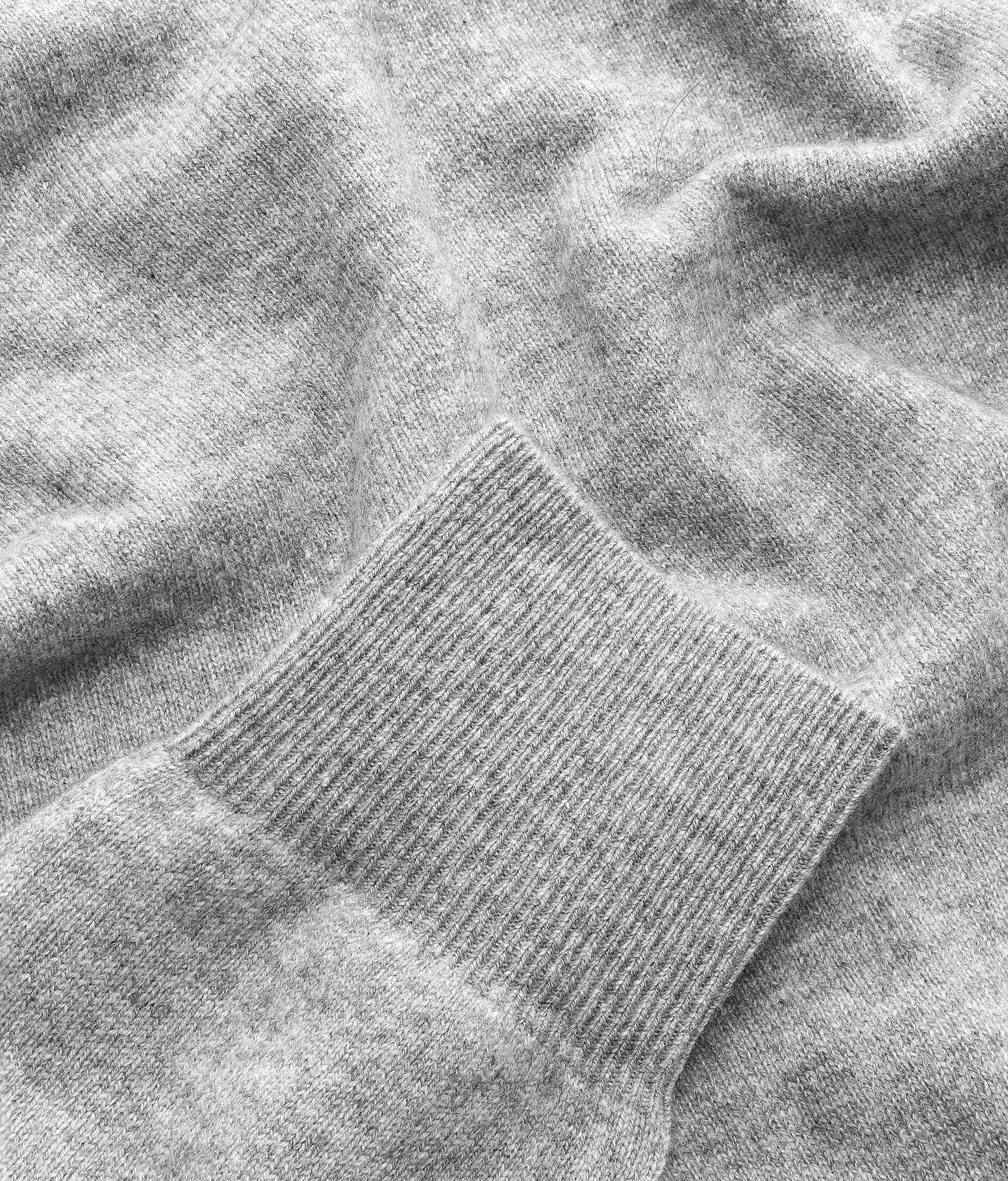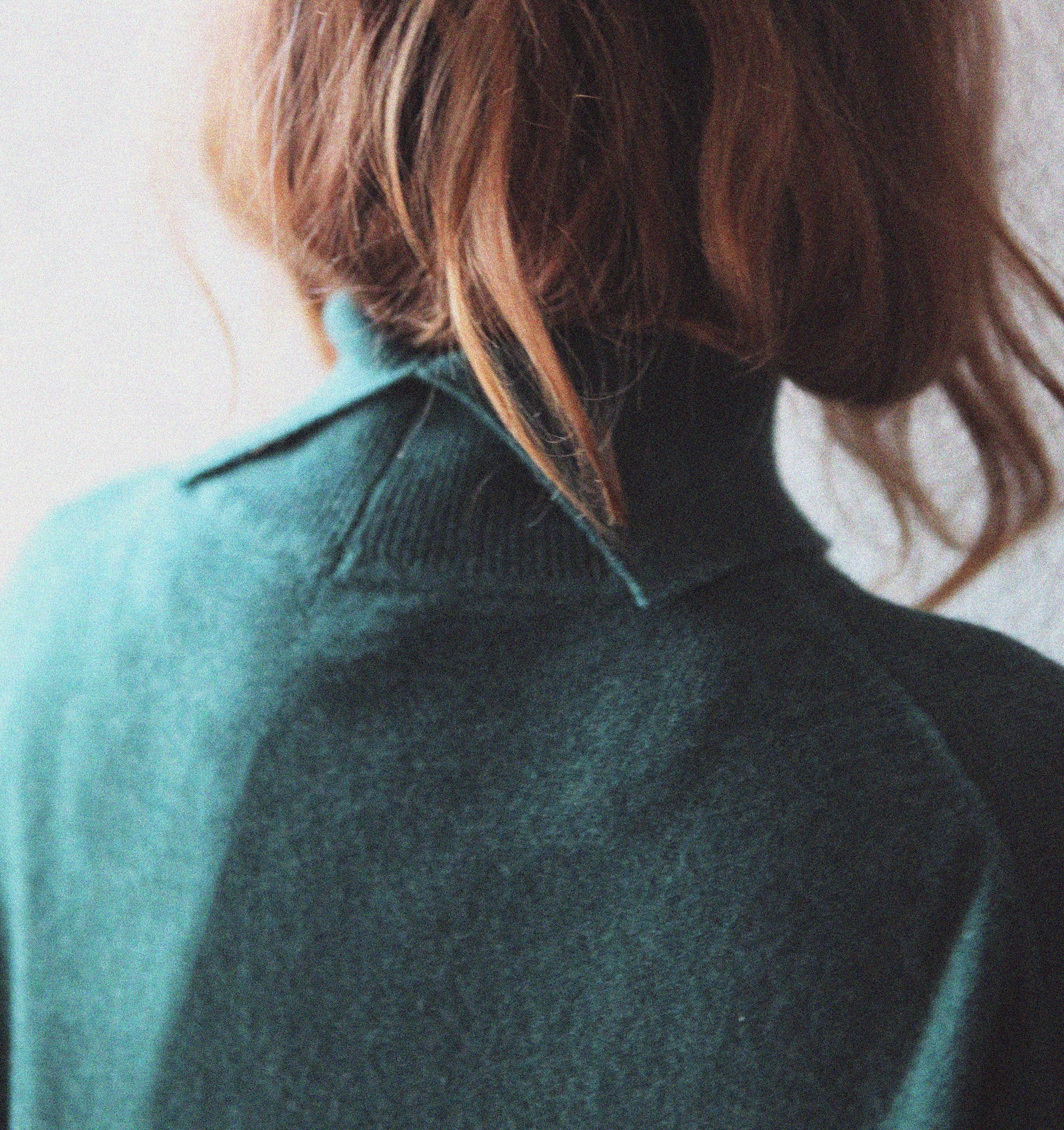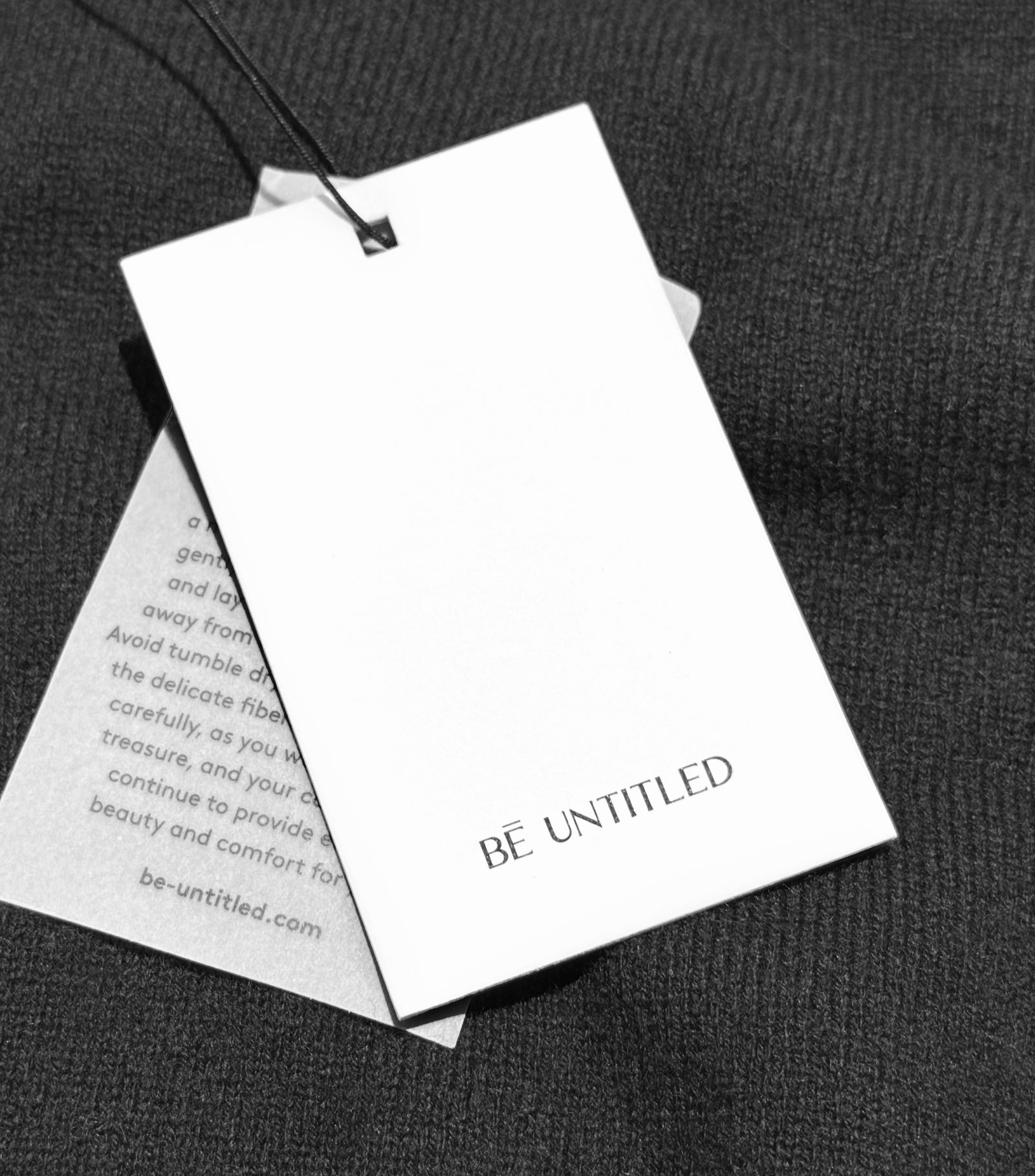Cashmere care
The quality of cashmere fibers is determined by their thickness and length. The longer the fibers, the more durable and resistant the cashmere will be, and it will also produce less pilling*.
Cashmere fibers typically range from 28 to 45mm in length. Longer fibers, which are generally found on the neck and underbelly of the goat, are rarer and more expensive.
The finer the fibers, the softer the yarn. The diameter of cashmere fibers usually ranges from 15 to 19 microns, and in some cases, even above 20 microns, significantly impacting the softness of the fabric.
At Be Untitled, we use only the longest fibers with the lowest possible thickness to create our high-quality garments, ensuring the best softness and durability.
With good care and a bit of love we believe that you should be able to wear your pieces for years to come. Just follow these small, simple everyday steps.
Washing
To maintain the softness and luxury of your cashmere garments, we recommend limiting washes, but do ensure your pieces are kept clean to avoid attracting any moths. Instead of washing them every time, regularly air them out to keep them fresh and soft. When washing- hand wash them in lukewarm water with a mild detergent or wool wash at 30° and no spin. We always recommend placing your cashmere pieces in a laundry bag before putting them in the washing machine. If there are any stains or more substantial cleaning is required, we recommend using a dry-cleaning service.


Drying
Dry your cashmere by laying the piece flat on a towel, rolling it loosely, lightly press and then allow to air-dry flat. Avoid hanging to reduce any risk of stretching.
Ironing
Steaming is the best option. Steam from a slight distance, without touching the cashmere fibers. We suggest allowing your garment to cool before wearing or storing it.
If you don’t own a fabric steamer, it is possible to use a standard iron. Prepare your garment by turning it inside out, placing it evenly on your ironing board, and covering it with a light-colored cloth. Set your iron to its lowest setting and gently press it to the cloth, using smooth strokes. Always keep the iron moving, making sure it never directly touches the cashmere fibers.
To remove greases from your cashmere, turn the piece inside-out and lay flat. Turn the iron to the lowest heat setting and avoid direct contact between the iron and the cashmere by laying a damp cloth between them. If using a hand-held steamer, keep some distance between the hot face and the cashmere.
Storing
To store your cashmere, use the BĒ UNTITLED cotton envelop bag. Store it in a cool and preferable dark place. Better to fold your piece, hanging will risk it losing its shape. Cedar wood balls are a natural repellent to moths, replace them annually.
Pilling
Pilling occurs when shorter fibers twist around themselves in areas of the garment where there is friction, forming small bobbles. While pilling is inevitable, it’s also a sign of natural cashmere, even in the most luxurious pieces.
However, with high-quality cashmere, pilling tends to subside after the first few washes and occurs much less frequently compared to cheaper alternatives (which use shorter fibers). Don’t worry – normal pilling is easy to remove with a cashmere comb, shaving machine, or even by hand.


